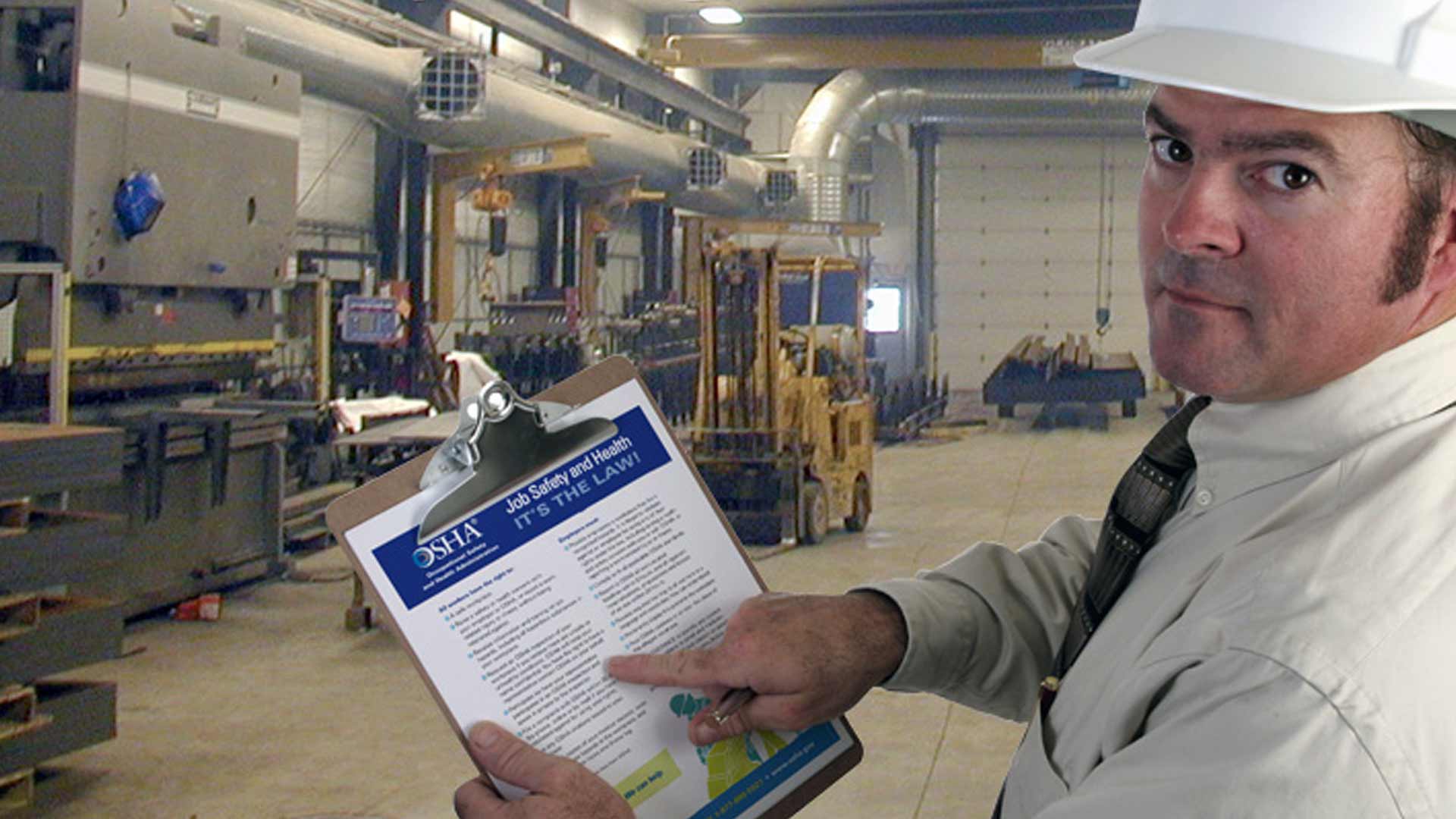An Introduction to OSHA Weld Fume Regulations

OSHA bases its weld ventilation regulations on three primary factors: the number of welders your facility operates with, the type of metal being worked with, and the size of the space they are welding in.
Hands down, weld fume exhaust control is your best ally in creating a better environment, complying with OSHA air quality regulations, and increasing the efficiency of your welder work force. Systems for venting and refreshing the air your welders are breathing can be as involved as full enclosures, as flexible as shrouds, or as simple as individual respirators. Regardless of where your team does its welding or how many welders you have on a line, the onus is on you to keep their air quality up to OSHA standards.
Factor 1: Number of Welders
According to section 1910.252(c)(2)(i)(A) in OSHA's bylaws, a minimum requirement of 10,000 cubic feet per welder is necessary for optimum air-flow. This means that adding welders significantly increases the need for weld fume exhaust control. Respirators are sufficient for the welder using the device, but ambient air quality is still an issue. Adjacent workers or other employees can succumb to the weld fumes the welder himself is protected from.
When it comes to ambient air quality concerns like these, and to ensure your system meets OSHA weld ventilation standards, you might want to consider using Vent Mapping software to get a handle on the bigger picture of what you're breathing.
Factor 2: Type of Metal
OSHA weld ventilation guidelines are fairly comprehensive about the types of metals and their various toxicities. The most common byproduct of welding in the U.S. is Hexavalent Chromium. Hexavalent Chromium is most often released when welding stainless steel or any alloy containing chromium metal. This is considered to be one of the most prevalent and dangerous chemicals in weld fumes.
Factor 3: Size of Space
According to OSHA, the space where welding takes place must be vented if there is a ceiling height of less than 16 feet. For optimum air quality, however, weld venting should occur no matter the height of the room. Ambient air can accumulate weld fumes to toxic levels through the course of a single work day in any space where the air is not circulating.
Larger air movers like fans or blowers work well if your space is larger. For smaller spaces, consider using a source capture system for your fumes.
Don't wait until OSHA fines force changes in your facility. Contact RoboVent today for more information about what can be done to protect your business from weld fumes and hefty OSHA fines.
Contact Us With Your Questions!
SUBSCRIBE TO
BLOG UPDATES









